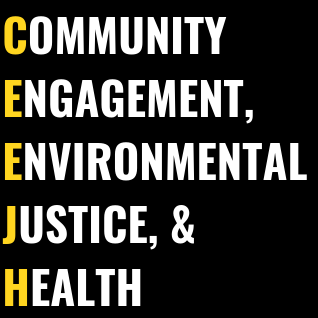Food Justice in Prince George's County, Maryland
The local food environment serves as a critical driver of individual and neighborhood health. Research has shown that many low-income communities and communities of color have limited access to healthy food resources. Communities identified as food swamps have an abundance of unhealthy food options, including convenience stores and fast food restaurants, that are more readily available and accessible than healthy food outlets, such as supermarkets. Lack of access to affordable, healthy food can contribute to community stress and deprivation, and can increase risk of chronic diseases including obesity, diabetes, and heart disease.
Prince George’s County has a number of food swamps and food deserts and a very high obesity rate compared to other parts of the state. The CEEJH Lab is conducting research on food justice issues in Prince George's County, Maryland. Graduate and undergraduate researchers travel to stores that sell food including supermarkets, grocery stores, convenience stores, pharmacies, and dollar stores throughout the County and record quantities and quality of available food options using the Johns Hopkins Center for a Livable Future healthy food availability index (HFAI).
The team is currently scoring all stores that sell food and comparing scores across all stores in the County and assessing differences in scores across race/ethnicity, income, poverty, and educational attainment. This is part of an effort to determine the overall state of the County's food landscape with hopes of identifying and addressing food injustice and related health inequities.

